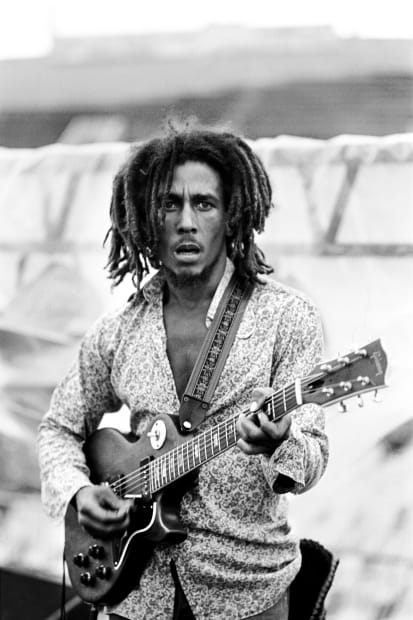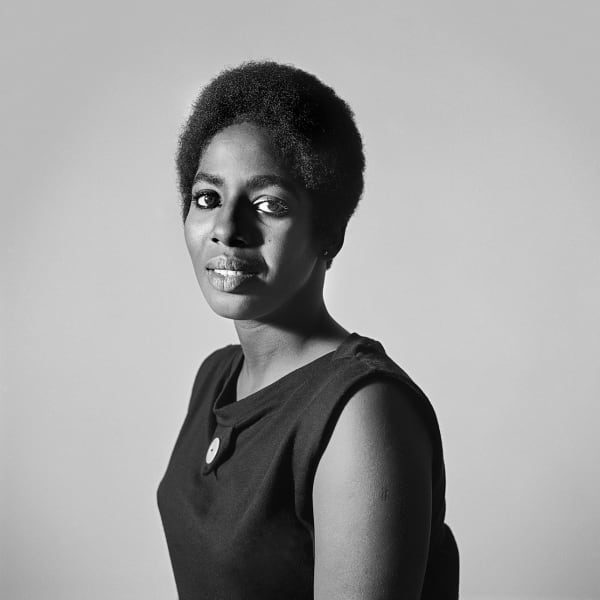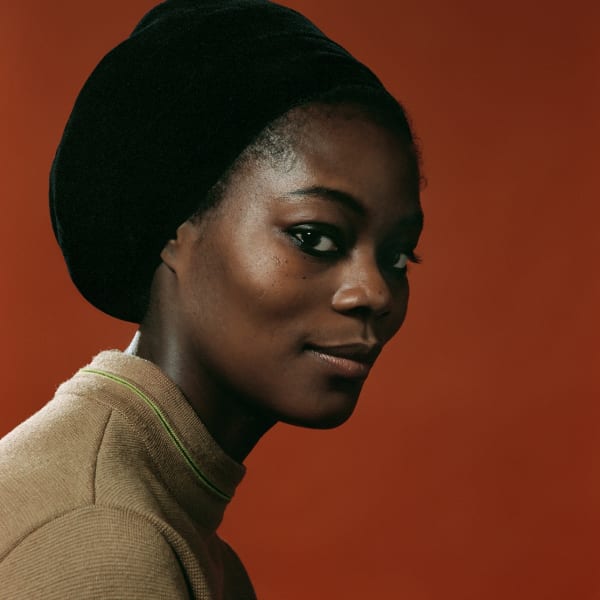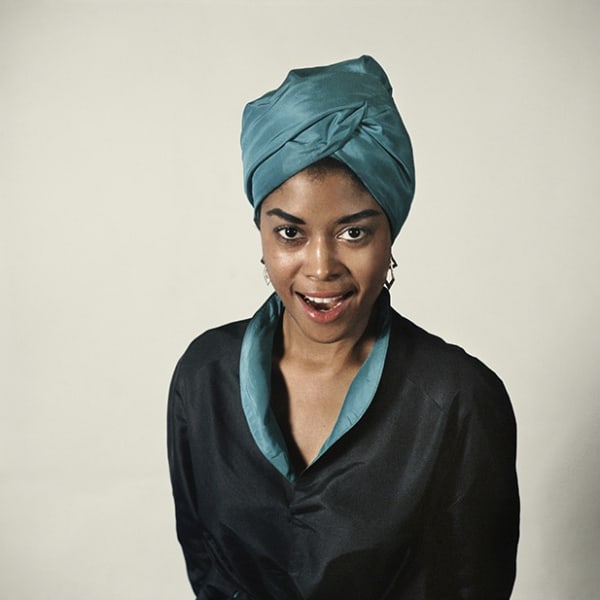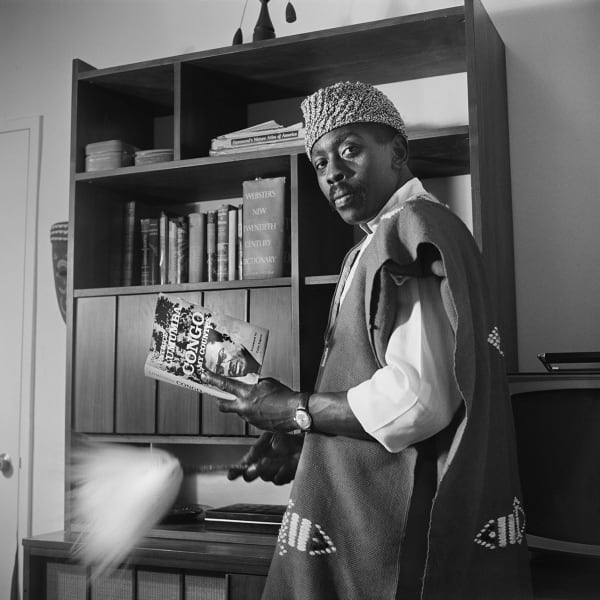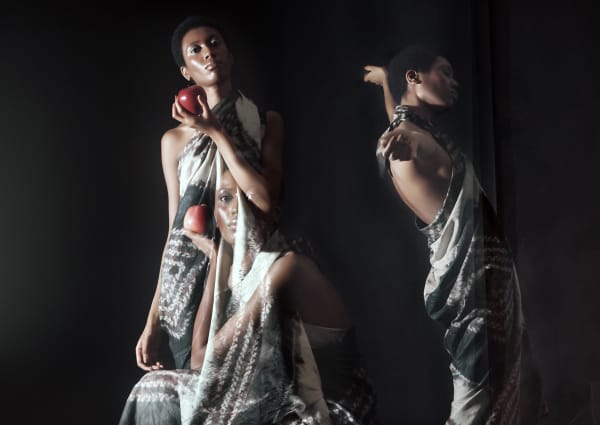-

-

-

-
"Our father was a tailor on Seventh Avenue at 134th Street and we used to leave there at night and head for the crowds at 125th Street and Seventh Avenue. We couldn't leave. We'd stay there all night listening to these men speak. You could actually learn world history on that corner." –Kwame Brathwaite, recalling how he and his brother, AJASS and Grandassa co-founder Elombe Brath, would go in the late 1950s to hear to speakers from the African Nationalist Pioneer Movement (ANPM).
-
Kwame Brathwaite on the birth of AJASS and Grandassa Models
"AJAS moved its meetings from the Brathwaite basement in the Bronx to a space they rented next to the Apollo Theatre, on October 1, 1961, and amended their name to the African Jazz-Art Society & Studios, adding art production, photo studio and rehearsal space and became AJASS. They divised a show which they called "Naturally '62: The Original African Coiffure and Fashion Extravaganza Designed to Restore Our Racial Pride and Standards," with the first show held at Harlem's Purple Manor on January 28, 1962."
-

-

-
“Jimmy Abu introduced my brother Elombe Brathwaite, some of our friends and me to an emerging new scene...Among these, one extremely talented dancer/choreographer was to become the most recognized and celebrated name in dance during the twentieth century. His name was Alvin Ailey.”
-
Thoughts on Brathwaite's work by essayist Tanisha C. Ford and artist-activists Rihanna, Jesse Williams and Tyler Mitchell
“They were calling themselves African and Black long before those terms became common in American racial vernacular. AJAS members were the woke set of their generation.” –Tanisha C. Ford, Aperture, 2019.
-

-
![“[Kwame Brathwaite's images] made me feel like they were relevant to what we are doing right now…We want people to...](data:image/gif;base64,R0lGODlhAQABAIAAAAAAAP///yH5BAEAAAAALAAAAAABAAEAAAIBRAA7)
-

-

-
Works by Kwame Brathwaite
(Click to inquire) -
To read Kwame Brathwaite's recollections of promoting "Black Is Beautiful," alongside fellow artist-activists in AJASS and Grandassa Models, the momentous events surrounding the 1961 Naturally Show and the lasting, profound impact on America, click here.
-
Kwame Brathwaite Biography
Inspired in part by the writings of Marcus Garvey, Kwame Brathwaite, his older brother, Elombe Brath, and the African Jazz Arts Society and Studios (AJASS) popularized the phrase “Black Is Beautiful” in the late 50's and early 60’s. “Black Is Beautiful” is one of the most important political and cultural ideas of the twentieth century. Brathwaite and Brath did their part to spread this idea through Brathwaite’s writings and photographs and the activities of the two organizations they helped co-found: AJASS and Grandassa Models.
Kwame Brathwaite’s photographs were specifically intended to shape the course of American visual discourse. His photographs foreground how artistic and political vision can affect change in popular culture and how popular culture can affect change on culture at large. The subjects of Brathwaite’s carefully crafted photographs invoke the power of a range of objects, such as books, musical instruments and artworks. The dress and hairstyles of his subjects point to their sense of themselves, while the environs of his subjects direct the viewer to a community of artist activists—writers, painters, playwrights, fashion designers and musicians. Brathwaite’s work demonstrates the power of photography as an essential cultural tool in the dissemination of new political ideas, its power to stage visual rhetoric and its ability make language visible.
The 1961 Garvey Day Celebration’s “The Miss Natural Standard of Beauty Contest,” was a catalyzing moment for the brothers who saw clearly that the same models who eschewed make-up and wore their hair “natural” for the contest would, by the following Sunday (when they came to pick up their prize money), have straightened their hair in order to feel comfortable going back to school, work, and their everyday lives. Brathwaite and the other members of AJASS felt that African Americans needed to feel comfortable in their own skins and to be proud to display their natural beauty. He and Brath led the charge to establish a studio and office space next to the Apollo Theater for AJASS, and started the Grandassa Models (named after ANPM leader Carlos Cooks’s term for the African continent, “Grandassaland”).
AJASS’s first fashion show, “Naturally '62,” headlined by Abbey Lincoln and Max Roach, and initially planned as a one-time event, proved so popular that a second sold-out show was held that same night to accommodate the crowd. When traveling to other cities for concerts, AJASS members Abbey Lincoln and Max Roach helped spread the word and make contacts with other progressive organizations that lead to “Naturally” show bookings in their respective cities. In February 1963, AJASS followed with shows at Robert’s Show Club in Chicago and Mr. Kelly’s in Detroit and continued to spread the “Black Is Beautiful” theme nationwide.
Brathwaite’s regular reporting and pictorials for leading black publications such as “The Amsterdam News,” “City Sun,” and “The Daily Challenge” beginning in the early 60's, helped set the stage for the Black Arts Movement and the Black Power movement. By the 1970's, Brathwaite was one of the top concert photographers, shaping the images of such public figures as Stevie Wonder, Bob Marley, James Brown, and Muhammad Ali. Brathwaite wrote about and photographed such landmark events as the “The Motown Revue” at the Apollo (1963), “WattStax ’72” (1972), The Jackson 5’s first trip to Africa (1974), and the “Festival in Zaire” (1974, which accompanied the famous Foreman-Ali fight, “The Rumble in the Jungle”).
Elombe Brath died in 2014. He worked as a graphic artist at WABC-TV and served as a consultant for late television host Gil Noble’s groundbreaking WABC-TV show, “Like It Is.” The Elombe Brath Foundation was established in 2014 to continue the legacy of Elombe’s work.
Throughout the course of his career, Kwame Brathwaite has photographed such international figures as Nelson Mandela and Kwame Nkrumah—his namesake—and he still maintains a relationship with a range of African political figures, including Sam Nujoma, the first president of Namibia.
Due to the importance of Kwame’s work on political and cultural events, he was invited to the inaugurations of Sam Nujoma and Nelson Mandela, as well as the swearing-in of Namibian president Hage Geinbog in 2015.
Kwame Brathwaite (b. 1938, New York, NY) is currently the subject of major touring exhibition, "Kwame Brathwaite: Black Is Beautiful." The exhibition is currently on view at Museum of the African Diaspora (San Francisco, CA). It premiered at the Skirball Cultural Center (Los Angeles, CA) and will travel to Columbia Museum of Art (Columbia, SC), Blanton Museum of Art (Austin, TX), New-York Historical Society (New York, NY), and Reynolda House (Winston-Salem, NC). A monograph of the same title, produced by the Aperture Foundation, was released May 2019 with essays by Deborah Willis, Professor and Chair of the Department of Photography and Imaging at Tisch School of the Arts of New York University and Tanisha C. Ford, Associate Professor of Black American Studies and History at the University of Delaware. Brathwaite’s work has recently been acquired by such institutions as Santa Barbara Museum of Art (Santa Barbara, CA); Museum of Fine Arts, Houston (Houston, Texas); Block Museum of Art, Northwestern University (Chicago, IL); MIT List Visual Arts Center (Cambridge, MA); The Studio Museum in Harlem (New York, NY); Museum of Modern Art (New York, NY); Whitney Museum of American Art (New York, NY); Museum of the City of New York (New York, NY); The Frances Young Tang Teaching Museum and Art Gallery at Skidmore College (Saratoga Springs, NY); National Portrait Gallery, Smithsonian Institution (Washington, DC); and Chrysler Museum of Art (Norfolk, VA). Brathwaite's work has recently appeared in “The New Yorker,” “The New York Times,” “Vogue,” “New York Post,” “New York Magazine,” “Aperture,” and other publications. Brathwaite lives and works in New York, NY.
-
Read more on Kwame Brathwaite
-

The Black Arts Movement Revisited
Brathwaite, Kwame. National Conference of New York Artists April 1, 2006There were a number of great presentations, but absent from this “revisiting” of the “Black Arts Movement” was the first nine years of activity that started in the Bronx in... -

Black Beauty: Photography Between Art and Fashion
Sargent, Antwuan. The New York Times September 5, 2019Antwaun Sargent adapted this essay from his new book, “The New Black Vanguard: Photography Between Art and Fashion,” to be published next month by Aperture. In 2018, American Vogue published... -

Rihanna Talks Fenty, That Long-Awaited Album, and President Trump
Aguirre, Abby. Vogue October 9, 2019Rihanna is ready. First she moved our interview from Thursday to Wednesday. Then from evening to afternoon. When I get word of this latest change, on a slick and humid...
-
-
Inquire about works by Kwame Brathwaite
Kwame Brathwaite: In the Studio
Past viewing_room



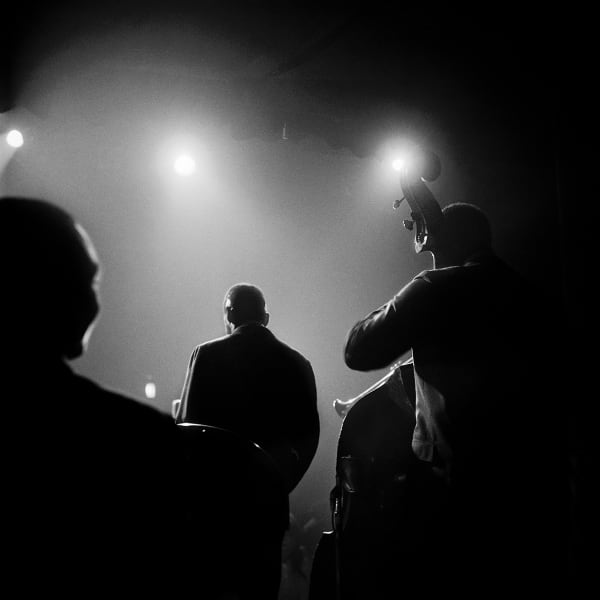



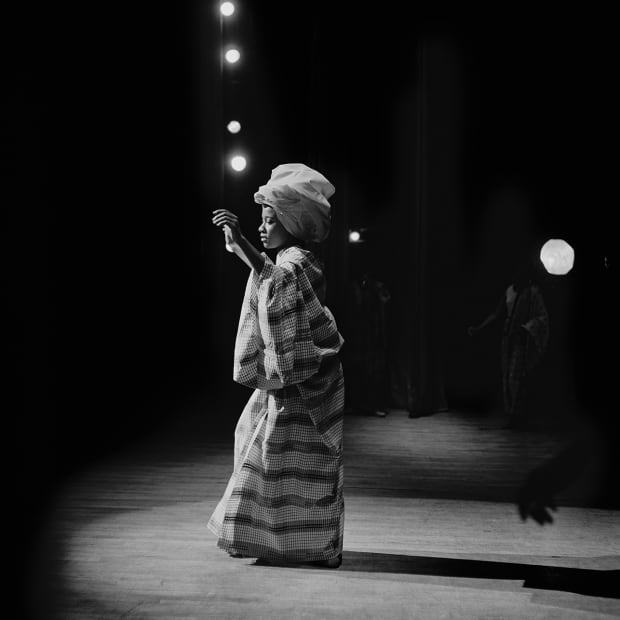



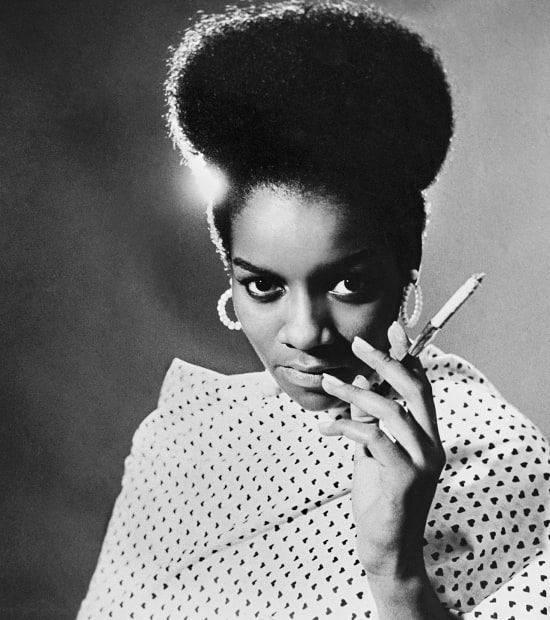
![“[Kwame Brathwaite's images] made me feel like they were relevant to what we are doing right now…We want people to...](https://artlogic-res.cloudinary.com/w_620,h_620,c_limit,f_auto,fl_lossy,q_auto/ws-philipmartingallery/usr/images/feature_panels/image/items/83/83b4888d0a73490c8d8dd2f5526d5ace/kb_1970_ajassmodelmultipleexposure_ajass_158_002_lg.jpg)

